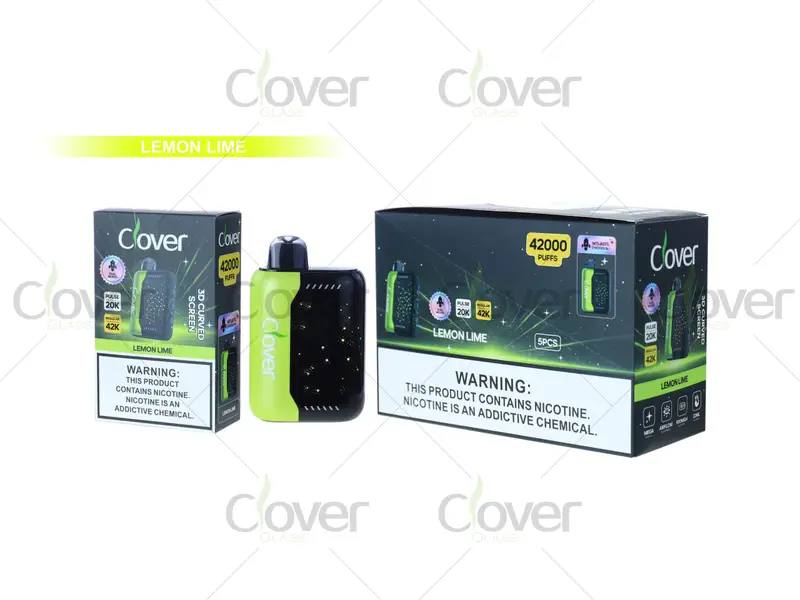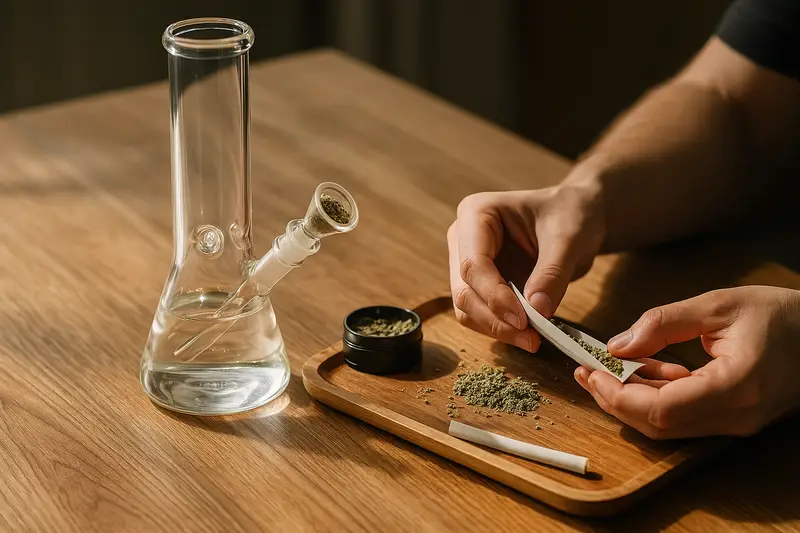What Is a Gravity Bong?
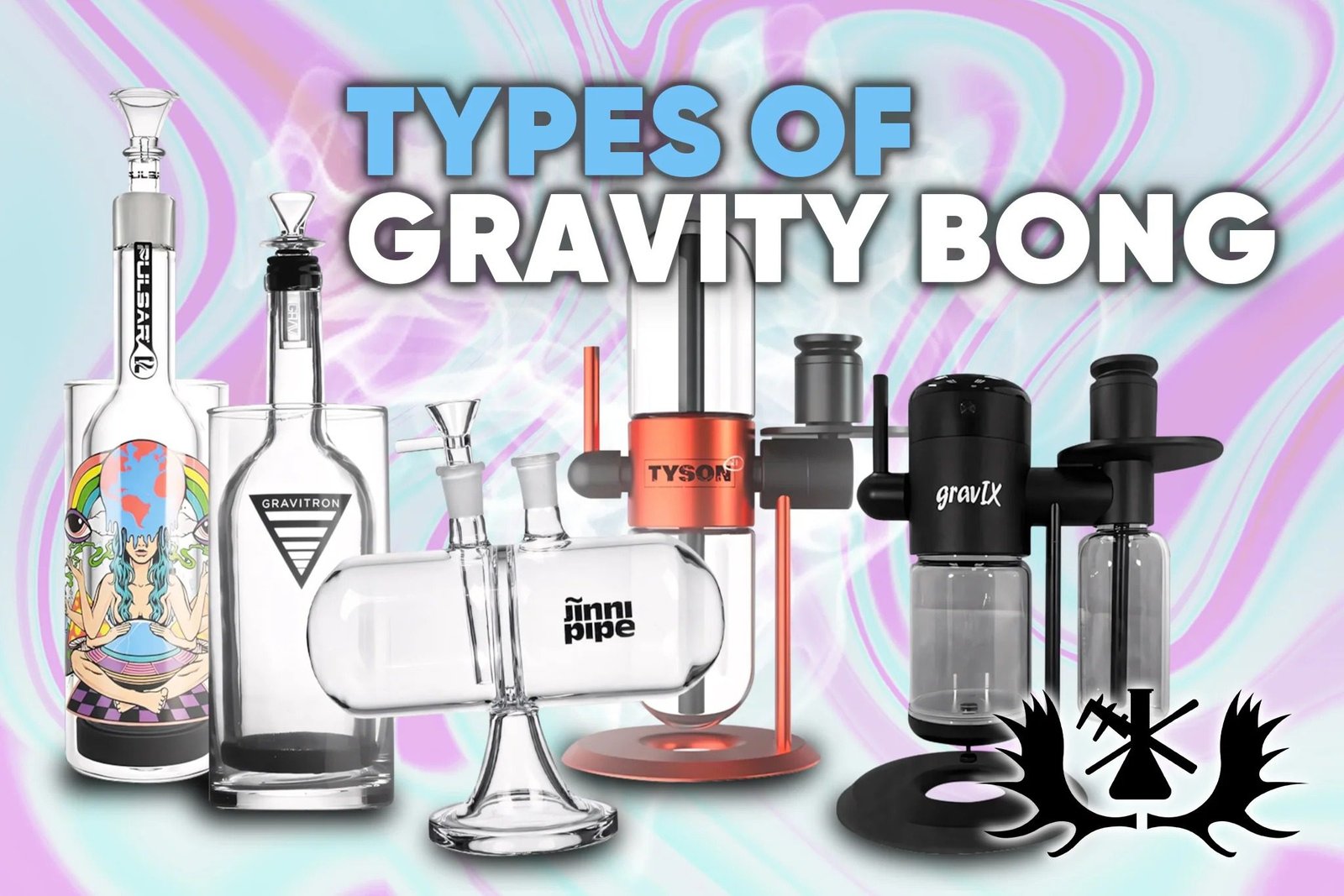
Glass smokers often hear about gravity bongs, but not everyone knows how they work or if they’re worth it. I’ll break down everything from types and use to health notes.
A gravity bong is a smoking device that uses water and air pressure to push dense smoke directly into your lungs, creating a stronger hit than a regular bong.
I first saw one back in college—made from a soda bottle and bucket. It knocked me off my feet, but later in business I realized why pros and wholesalers still ask about it.
What Is a Gravity Bong?
A gravity bong uses water displacement to draw smoke into a chamber, then pushes it into the smoker’s lungs when lifted or pressed.
I always describe it as “smoking with physics.” Instead of relying on simple suction, the bong harnesses air pressure. This produces thicker smoke clouds compared to normal pipes or bongs. For wholesalers, this is one reason gravity bong accessories continue to sell—novelty plus efficiency.
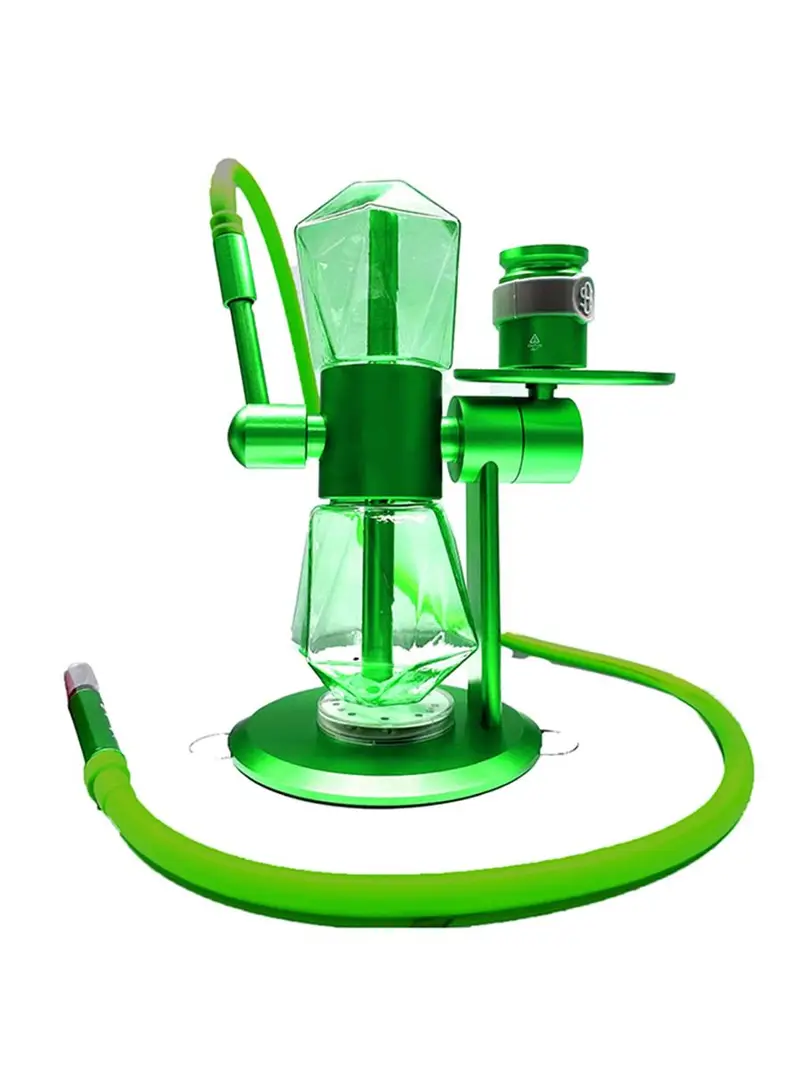
Why is it called a gravity bong?
It’s named after the role gravity plays when lifting or pressing water. As water moves, air pressure forces smoke upward. Without gravity, the vacuum effect wouldn’t happen.
What is the gravity bong experience?
Users often describe it as more intense and faster-hitting. Unlike standard hits, you inhale concentrated smoke in one breath. That’s why some call it a “one-hit wonder.” For me, it felt closer to dabbing in intensity, which makes sense—dense vapor all at once.
How Does a Gravity Bong Work?
It works by submerging a chamber in water, lighting material on top, and letting rising air pressure pull smoke into the chamber.
Once the top is sealed with a bowl, the smoker slowly lifts the chamber, creating suction. The smoke fills. When you push it back down—or inhale—the smoke rushes into your lungs. Simple physics, but surprisingly powerful.
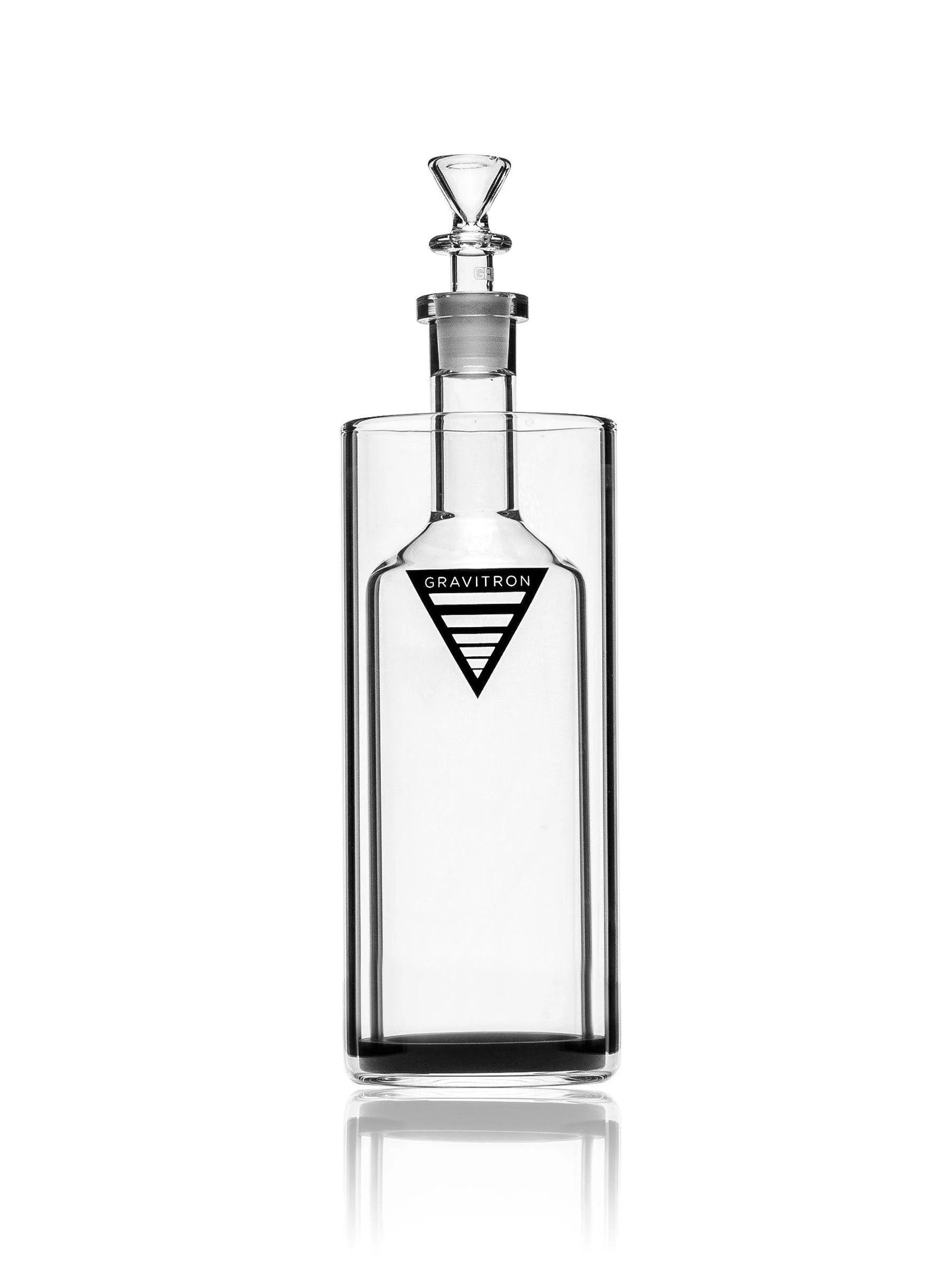
What is the purpose of a gravity bong?
The goal is maximum smoke extraction from minimal material. This efficiency is what makes it popular among casuals and still relevant in wholesale markets.
What makes a gravity bong special?
Compared to pipes or oil burner pipes, the gravity bong doesn’t just filter—it compresses smoke density. That’s why retailers often market it as a “party piece.” It’s less about daily use, more about show and impact.
Types of Gravity Bongs
Gravity bongs range from homemade bottles to engineered glass rigs designed for durability and resale.
In wholesale, I’ve seen three broad categories: homemade, engineered rotating versions, and confusing slang like “gravity knife.”
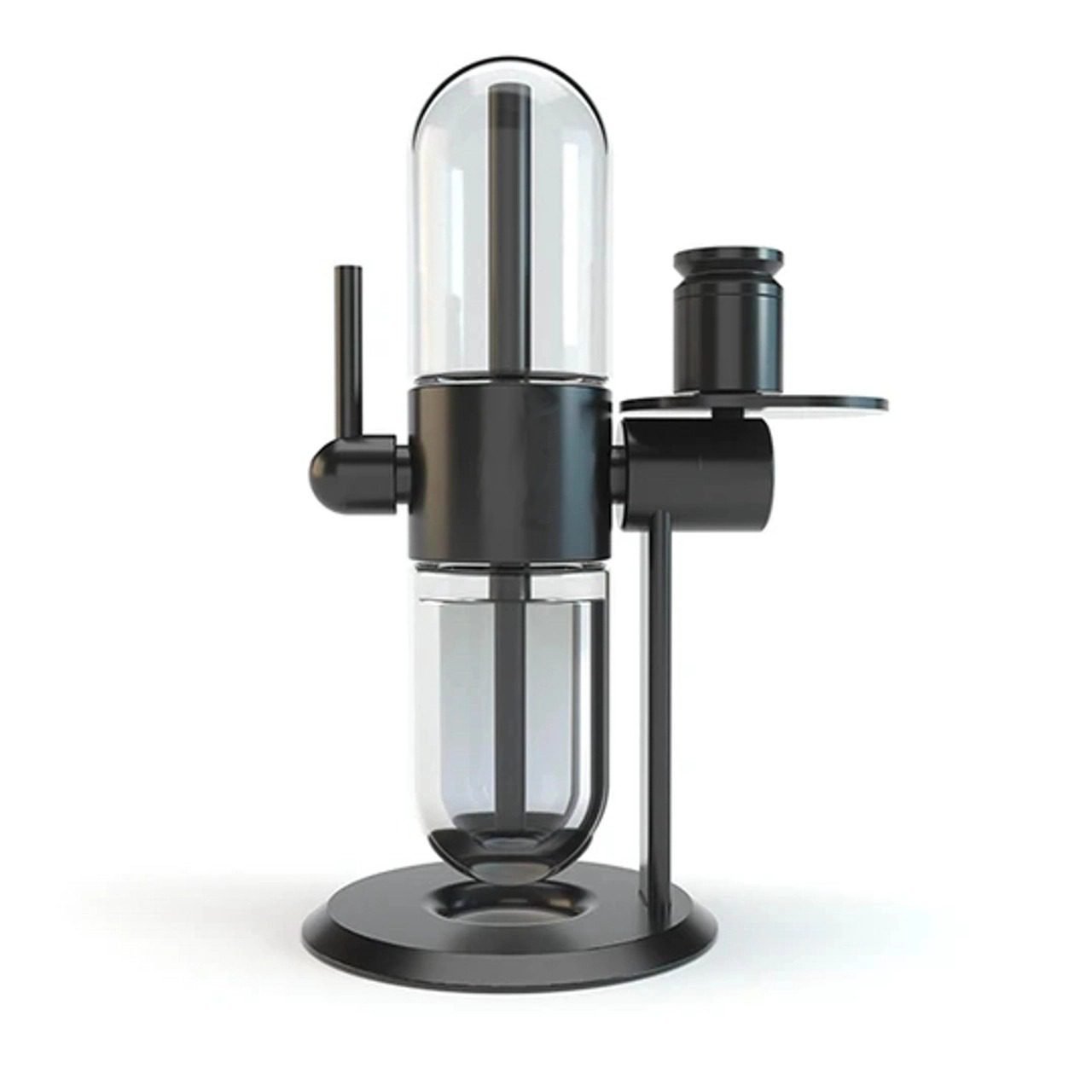
What is a homemade gravity bong?
This is the classic soda-bottle-and-bucket setup. Cheap, effective, but not safe long-term—plastic burns and releases toxins. Still, it’s how most people first discover the concept.
What is a rotating gravity bong?
Modern innovation. Instead of manual lifting, the chamber rotates in water, automatically generating suction. Brands like Stündenglass popularized this design. They are premium, expensive, and often featured in smoke shops.
What is a gravity knife?
Slang confusion—sometimes “gravity knife” is mentioned, but it has nothing to do with smoking. It’s a folding knife mechanism. In smoke culture, it’s misapplied by beginners searching online.
How to Use a Gravity Bong
You fill water, pack the bowl, light it, and lift the chamber to draw smoke. Push down or inhale to clear.
This is how I explain it to wholesalers testing samples. It’s simple, but timing and heat management matter.
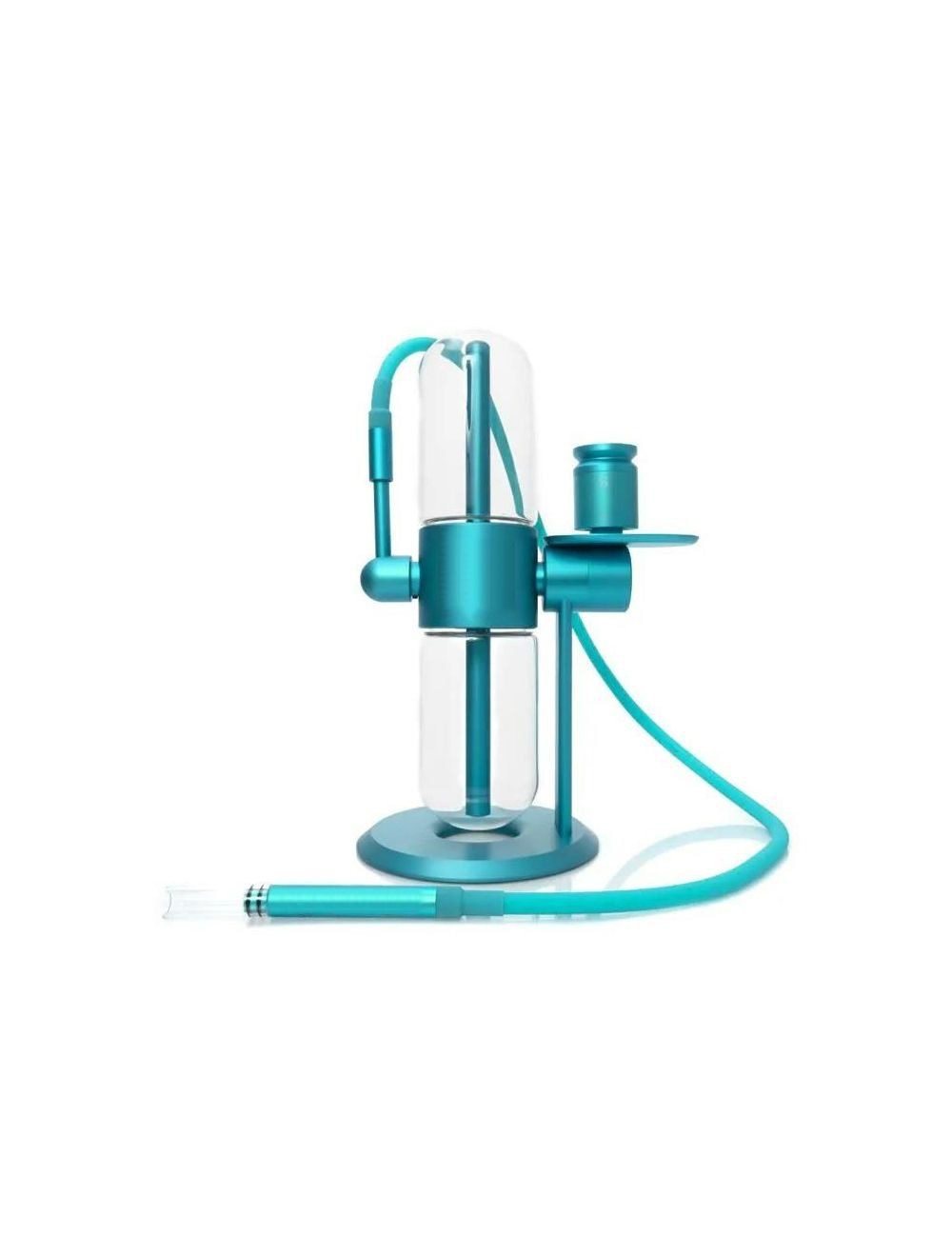
How to properly use a gravity bong?
- [ ] Fill base container with water
- [ ] Insert bottle with bowl top
- [ ] Light material as you lift bottle slowly
- [ ] Let chamber fill with smoke
- [ ] Remove bowl, place mouth on top, inhale while pressing down
How to take a gravity bong hit?
The inhale is fast and direct. Beginners often cough hard because of the smoke density. Retailers usually advise pacing or using smaller bowls.
What is needed to make a gravity bong?
- A bottle or chamber (glass preferred for safety)
- A water container
- A removable bowl or cap (glass, quartz, or metal)
In wholesale, I push glass oil burner pipe bowls instead of plastic tops. They’re safer, reusable, and align with oil burner pipe wholesale buyers who already stock compatible parts.
Gravity Bong vs. Other Smoking Devices
The gravity bong differs by using water displacement, while standard bongs, bubblers, and dab rigs rely on direct draw and filtration.
I often explain the contrast to shop owners comparing SKU performance.
What’s the difference between a bong and a gravity bong?
- Bong: Continuous filtration, smoother, moderate smoke.
- Gravity bong: One-hit intensity, denser, less filtration.
What’s the difference between a bong and a bubbler?
Bubblers are handheld, combining pipe convenience with mini-water filtration. Gravity bongs are bulkier, delivering more smoke at once.
What’s the difference between a gravity bong and a water bong?
Water bongs cycle smoke through percolators or chambers. Gravity bongs force smoke upward—less about cooling, more about volume.
What’s the difference between a dab rig and a gravity bong?
Dab rigs are for concentrates using quartz nails or bangers. Gravity bongs are for dry material, though some hybrid users experiment. Wholesale note: dab tools and quartz nails often outsell gravity attachments because they’re more versatile.
Are Gravity Bongs Worth It?
They’re worth it for novelty, heavy hits, and resale margin—but not daily health.
Shops keep them as specialty items, not everyday movers.
How good is a gravity bong?
For strong, immediate hits, excellent. But not smooth like glycerin bongs or recyclers.
Are gravity bongs reusable?
Glass versions, yes. Plastic homemade ones, no.
Are gravity bongs expensive?
Plastic: cheap. Engineered glass like rotating rigs: $400+. For wholesalers, that means wide margins depending on buyer segment.
What is the best gravity bong?
Engineered glass models with quartz or metal bowls—safer and longer-lasting.
Are gravity bongs worth the money?
For collectors and shops wanting statement pieces, yes. For casuals, regular bongs give better value.
Health Considerations
Gravity bongs deliver harsh, concentrated smoke, so they’re not a “healthy” option.
I always frame this carefully. As a supplier, I don’t make health claims—only compare mechanics.
Are bongs okay for your lungs?
Any smoke irritates lungs. Bongs cool and filter some, but not all. Gravity bongs amplify volume, which can be rough.
Are bongs healthier than joints?
Bongs filter ash and some toxins. Joints don’t. But heat shock still stresses lungs.
What type of bong is best for lungs?
Glycerin coil bongs or recyclers—cooler, smoother. That’s why my LA warehouse always has new glycerin drops.
Do bongs actually filter smoke?
Yes, partially. Water traps larger particles but not all carcinogens. That’s why we push oil burner pipes with proper glass thickness—heat stability reduces accidental inhalation of burnt residue.
Lifestyle & Culture
Gravity bongs carry cultural weight as party symbols, memes, and slang.
I’ve seen shops move them more as “conversation pieces” than daily drivers.
What is meant by “bong girl”?
Pop culture slang—refers to female smokers on social media promoting bong use.
What is the slang for gravity bong?
“GB,” “bucket bong,” or “GBong.”
Do bongs smell less than joints?
Yes. Smoke dissipates faster, especially with water cooling. But gravity bong hits still leave a strong odor indoors.
Conclusion
Gravity bongs are powerful, fun, and culturally iconic. But for daily comfort and lung protection, smooth recyclers, glycerin bongs, and glass oil burner pipes remain smarter picks.
As a wholesaler, I keep gravity bongs in my line—but position them as specialty SKUs, not core movers. Shops should upsell them as party gear alongside dab rigs or oil burner pipes.
👉 Get wholesale quote
👉 Request OEM samples
👉 Download temperature chart PDF
👉 Visit LA warehouse
👉 Email Frank
Meta Elements
- Meta Title: Gravity Bong – Complete Guide & Wholesale Insights
- Meta Description: Learn what a gravity bong is, how it works, pros vs. cons, and wholesale tips. Compare to bongs, bubblers, and rigs in this complete guide.
- Focus Keyword: gravity bong
- URL Slug: /gravity-bong
FAQ
Q1: Can a gravity bong be used with concentrates?
A1: Not typically. Gravity bongs are designed for dry herb. For concentrates, dab rigs with quartz nails work far better.
Q2: Is a glass gravity bong safer than plastic?
A2: Yes. Glass avoids melted plastic toxins and lasts longer. That’s why retailers prefer stocking glass rigs.
Q3: How much water do you need for a gravity bong?
A3: Enough to submerge the chamber base. Usually half a bucket or a few inches in a sink works.
Q4: Do gravity bongs waste material?
A4: No—they extract efficiently. But the harshness means some users cough and exhale without absorbing fully.
Q5: How long does a gravity bong hit last?
A5: Seconds to fill, then one deep inhale. The effect hits fast and strong.
Q6: Can you travel with a gravity bong?
A6: Portable versions exist, but legality depends on local law. Always check first.
Q7: Are rotating gravity bongs just hype?
A7: No—they automate suction and look impressive. High cost limits buyers, but they move in premium shops.
Q8: Do gravity bongs filter smoke well?
A8: Minimal filtration. They prioritize volume, not smoothness.
Q9: What materials are best for a DIY gravity bong bowl?
A9: Glass or metal. Never use foil or plastic—they release harmful fumes.
Q10: What’s the wholesale demand for gravity bongs?
A10: Niche but steady. Retailers stock them as novelty items, not volume leaders like glass oil burner pipes or dab rigs.



